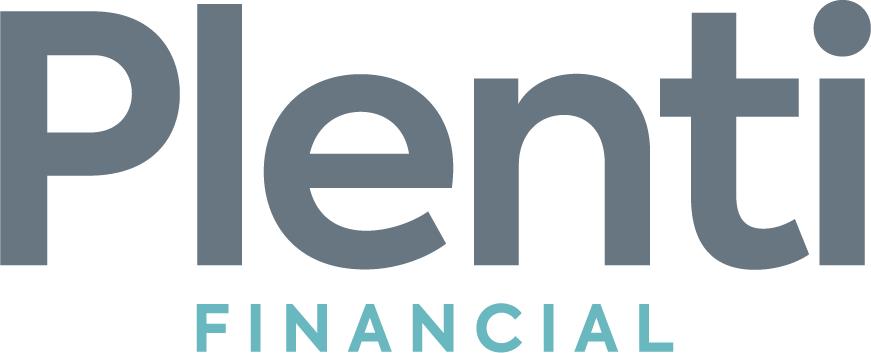A reverse exchange is a premium investment path that many real estate owners take in order to acquire a property with a short availability horizon. The reverse exchange structure enables investors to identify and purchase a property before they relinquish a property that they currently own. There are several benefits to the reverse structure that the standard exchange does not offer. However, the timeline for the exchange slightly differs.
There are three stages of a reverse exchange that have a unique function when compared to a standard exchange:
- Stage 1: Buy First, Sell Later
- Stage 2: Transfer Acquired Title to Qualified Intermediary
- Stage 3: Identify Acquired Property First, Relinquished Property Second
Stage 1: Buy First, Sell Later
The reverse exchange enables property owners to purchase properties first, and subsequently sell a property identified on their exchange documentation. This occurs in reverse order of the standard exchange. In the case of the reverse exchange, the funds from the relinquished property are retroactively applied to the purchase of the acquired property through the qualified intermediary in order to fulfill the IRS Section 1031 rules, which state that funds that qualify for tax deferral cannot be directly transferred to the exchanger.
Stage 2: Transfer Acquired Title to Qualified Intermediary
In the case of the reverse exchange, the qualified intermediary holds the title of the acquired property until the identified relinquished property/ies close. If the acquired property price was higher than the selling price of the relinquished property, the exchanger can make up the difference by paying cash or using a loan. If the relinquished property sales exceed the purchase price of the acquired property, then the property owner receives the remainder, called a “Cash Boot,” which is subject to capital gains tax.
Stage 3: Identify Acquired Property First, Relinquished Property Second
It is important to identify both acquired and relinquishable properties when filing for a reverse exchange. In a standard exchange, the identified properties are potential acquisitions. In a reverse exchange, the identified properties are selected from properties the owner already owns and function as the selection pool from which to pick which properties to sell in order to fund the tax-free acquisition of the newly acquired property.
Conclusion
When deciding whether to pursue a reverse exchange or a standard exchange, it is best to consult a professional. Schedule a free consultation with one of our qualified experts today. If you choose to manage a reverse exchange by yourself, make sure you keep these three stages in mind:
- Stage 1: Buy First, Sell Later
- Stage 2: Transfer Title to Qualified Intermediary The qualified intermediary (QA) retains the title.
- Stage 3: Identify Acquired Property First, Relinquished Property Second

